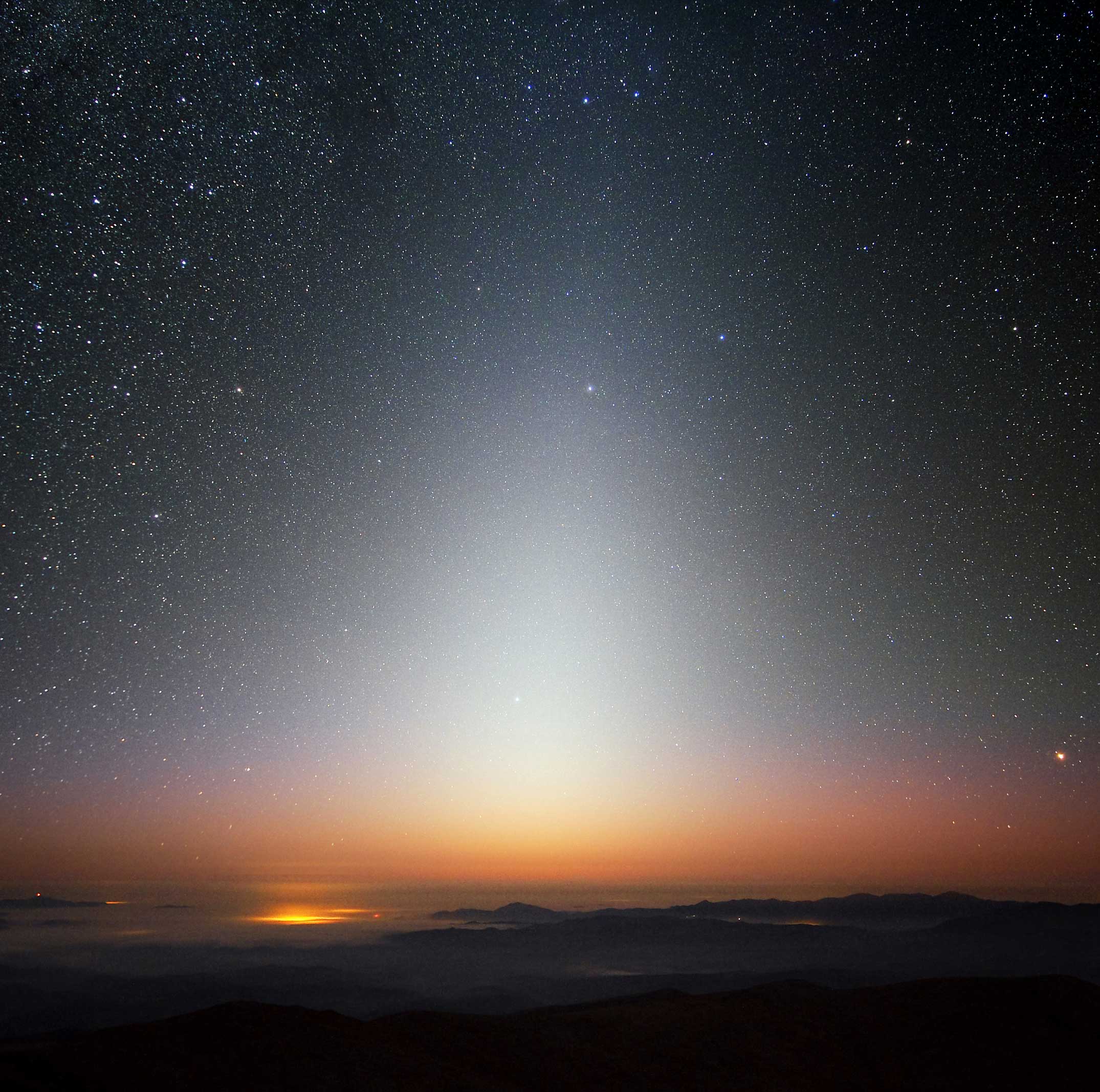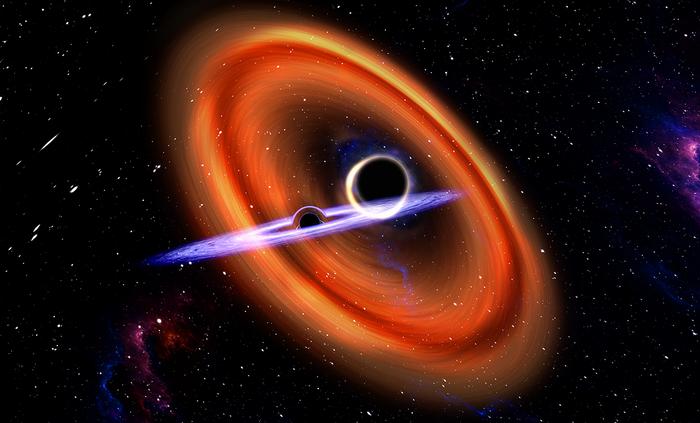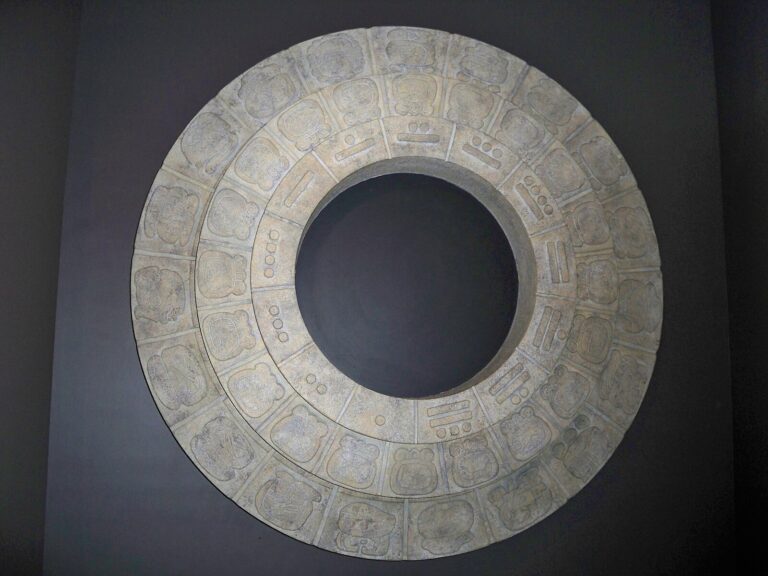Key Takeaways:
Astronomers have known about the zodiacal dust cloud for more than 300 years, since Giovanni Domenico Cassini drew attention to the phenomenon of the zodiacal light and gave the correct explanation for it as sunlight reflected from small grains of dust. Early space missions began studying the distribution of this dust in the 1960s. In 1983, the Infrared Astronomical Satellite detected infrared emission from the zodiacal dust. Data from the spacecraft also demonstrated that both collisions between asteroids in the main asteroid belt (between Mars and Jupiter) and debris from comets contribute to the zodiacal dust cloud, in a proportion roughly one part asteroid to three parts comet. Asteroids sporadically collide and comets shed debris to make this dust.
The dust grains travel around the Sun in almost circular orbits, gradually spiraling inward toward our star. They take about 10,000 years to travel the distance from the asteroid belt to Earth.
Data obtained in the mid-1990s during the Ulysses mission to Jupiter helped astronomers identify a new component of the zodiacal dust cloud — interstellar dust. This material sweeps into the solar system as the Sun and planets fly through the local interstellar dust cloud on their journey around the Milky Way. While these grains contribute less then 1 percent of the zodiacal dust reaching Earth, they are traveling much faster than the asteroidal or cometary dust and traverse the whole solar system in about 50 years.
The dust grains travel around the Sun in almost circular orbits, gradually spiraling inward toward our star. They take about 10,000 years to travel the distance from the asteroid belt to Earth.
Data obtained in the mid-1990s during the Ulysses mission to Jupiter helped astronomers identify a new component of the zodiacal dust cloud — interstellar dust. This material sweeps into the solar system as the Sun and planets fly through the local interstellar dust cloud on their journey around the Milky Way. While these grains contribute less then 1 percent of the zodiacal dust reaching Earth, they are traveling much faster than the asteroidal or cometary dust and traverse the whole solar system in about 50 years.
Michael Rowan-Robinson
Imperial College London
Imperial College London










